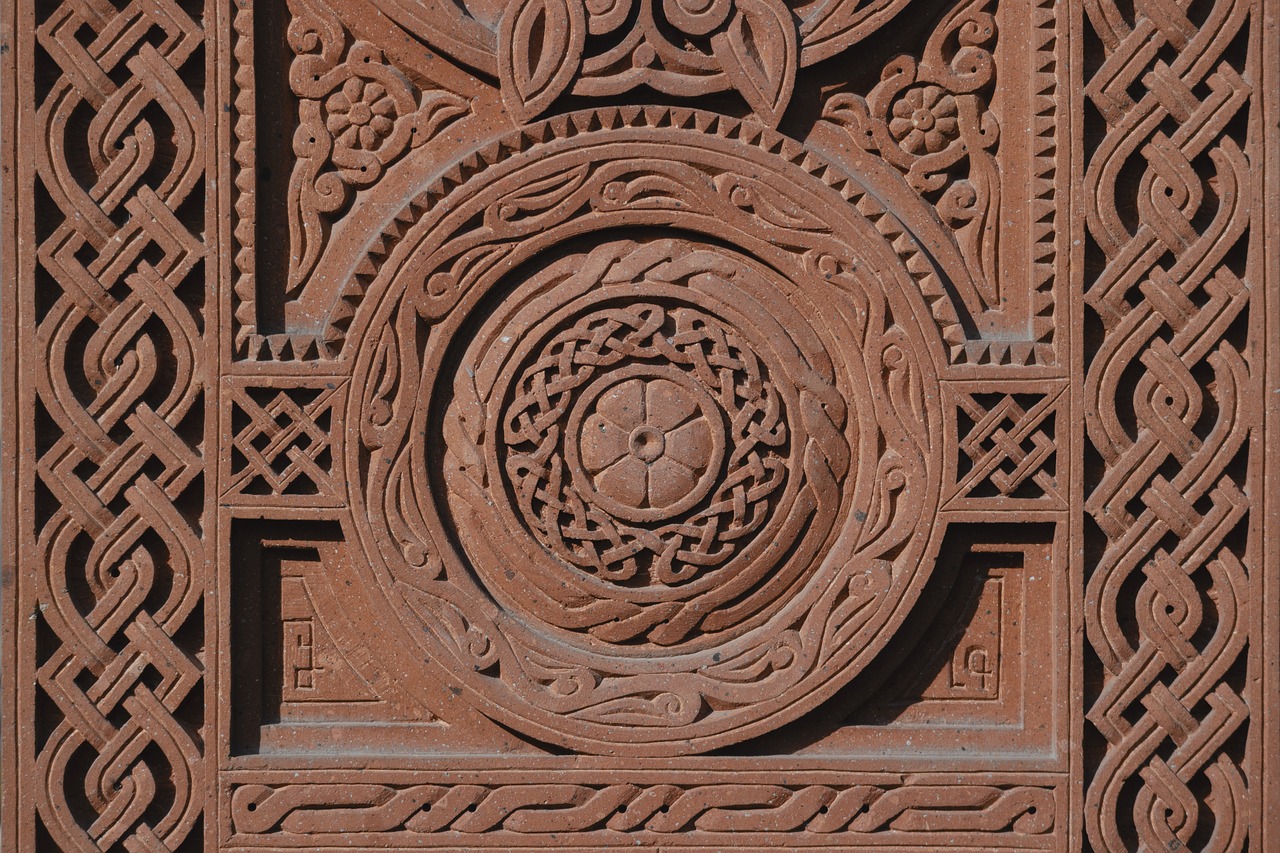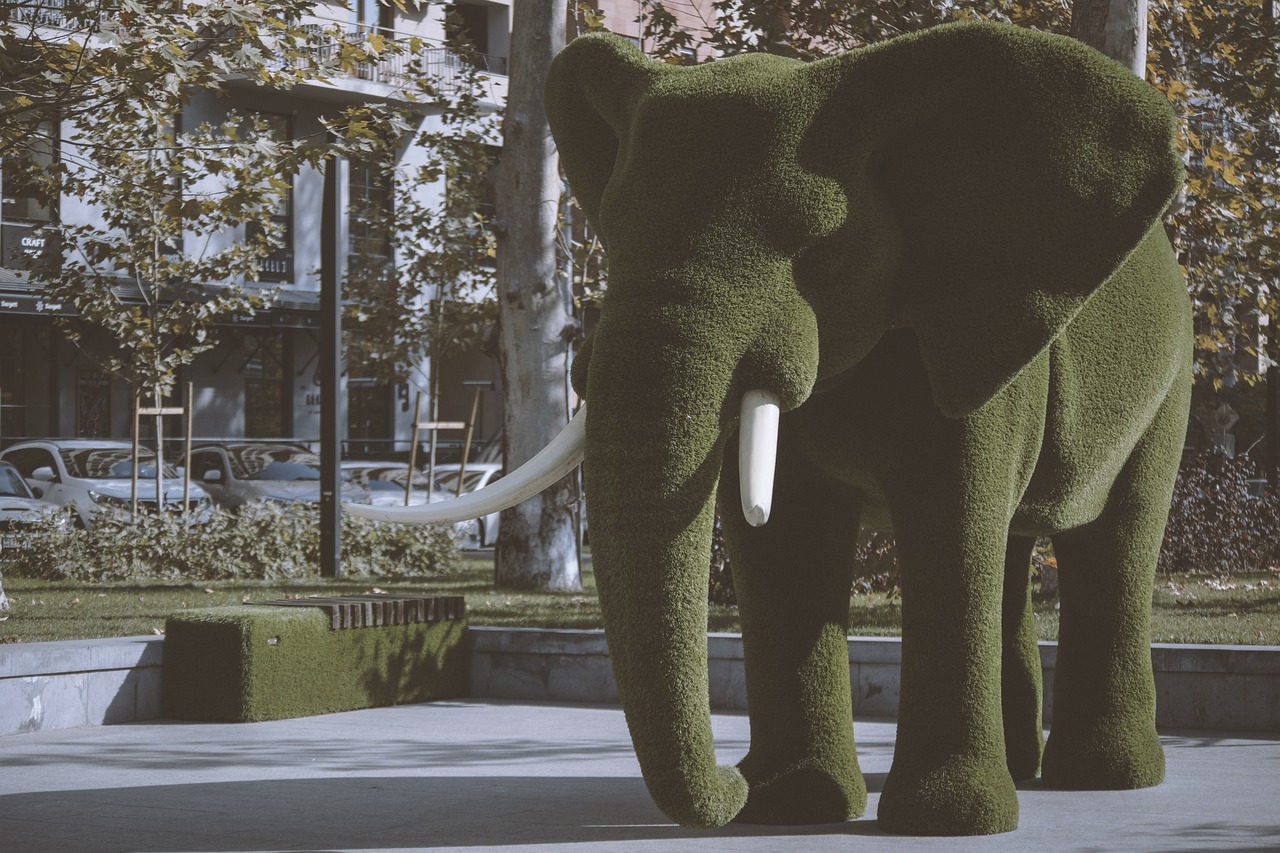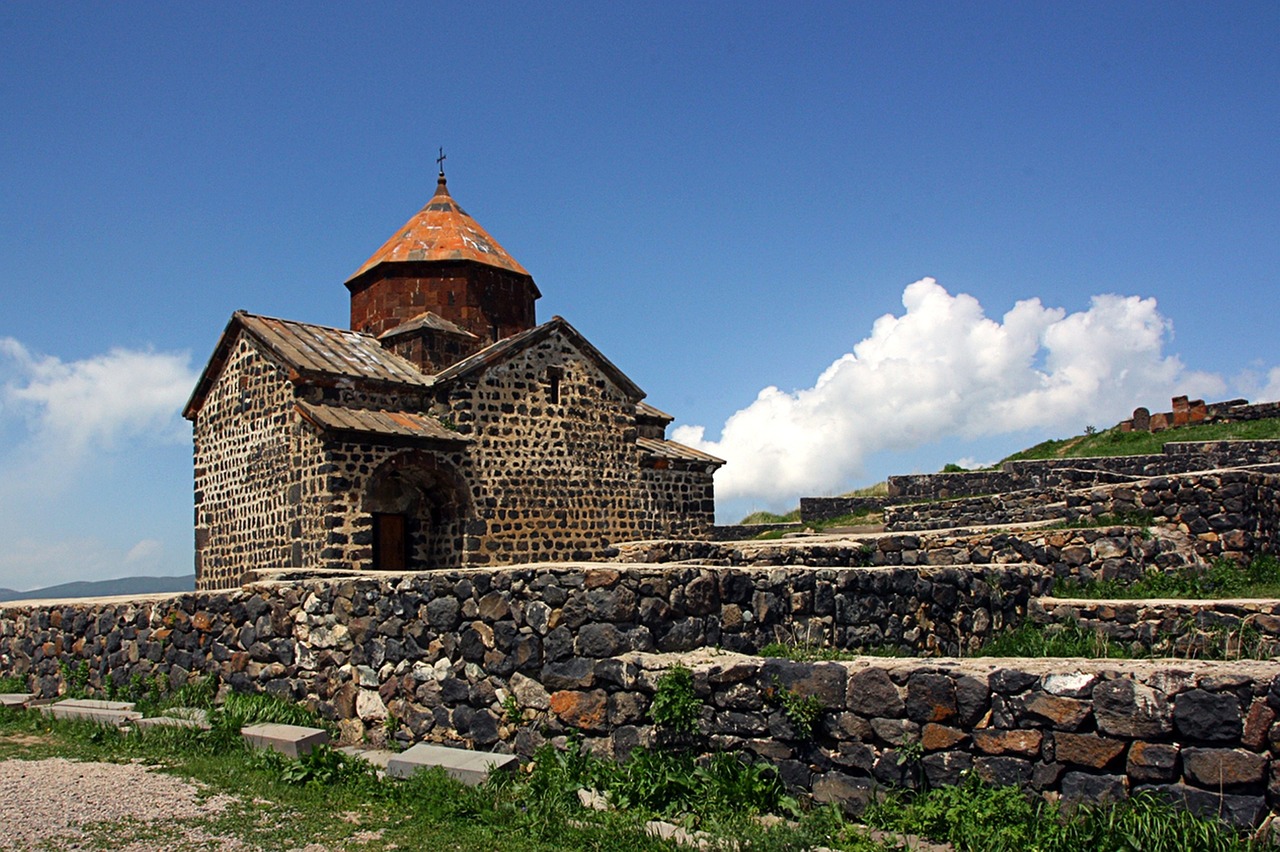Exploring Local Arts and Hobbies in Armenia
Armenia, a country rich in history and culture, offers a plethora of opportunities for visitors to explore its local arts and hobbies. From traditional crafts to modern art galleries, Armenia showcases its unique artistic heritage. In this article, we will delve into various aspects of Armenia’s local arts and hobbies, providing detailed information on each topic. So, let’s embark on an exciting journey through the artistic landscape of Armenia!
Armenian Traditional Crafts
Armenia has a long-standing tradition of craftsmanship, with various traditional crafts being practiced and celebrated throughout the country. These crafts not only reflect the artistic skills of the Armenian people but also provide insights into their cultural heritage. Here are some of the prominent traditional crafts in Armenia:
- Carpet Weaving: Carpets hold a special place in Armenian culture, with intricate designs and vibrant colors. Armenian carpets are known for their high quality and unique patterns.
- Pottery: Pottery has been an essential craft in Armenia for centuries. Skilled artisans create beautiful ceramic pieces, ranging from decorative items to functional pottery.
- Wood Carving: Wood carving is another traditional craft that has been passed down through generations. Artisans skillfully carve intricate designs on wood, producing exquisite decorative pieces.
- Embroidery: Armenian embroidery is renowned for its intricate patterns and vibrant colors. Traditional embroidery techniques are still practiced today, showcasing the rich cultural heritage of Armenia.
Armenian Contemporary Art Galleries
Armenia’s contemporary art scene has been flourishing in recent years, with numerous art galleries showcasing the works of talented Armenian artists. These galleries provide a platform for both established and emerging artists to exhibit their creations. Here are some notable contemporary art galleries in Armenia:
- National Gallery of Armenia: Located in Yerevan, the National Gallery of Armenia houses an extensive collection of Armenian art, including paintings, sculptures, and decorative arts.
- Gallery 25: Situated in the heart of Yerevan, Gallery 25 focuses on promoting young and emerging Armenian artists. The gallery hosts regular exhibitions and events.
- Armenian Center for Contemporary Experimental Art: Known as NPAK, this center is a hub for contemporary art in Armenia. It hosts exhibitions, performances, and workshops, showcasing innovative and experimental art forms.
- Sargis Muradyan Gallery: Located in the historic town of Dilijan, this gallery exhibits the works of Sargis Muradyan, a prominent Armenian artist known for his expressive paintings.
Armenian Traditional Music and Dance
Armenian traditional music and dance play a significant role in the cultural fabric of the country. These art forms are deeply rooted in Armenian history and are often performed during festivals and celebrations. Here are some notable traditional music and dance forms in Armenia:
- Duduk: The duduk is a traditional Armenian woodwind instrument known for its soulful and melancholic sound. It is often accompanied by traditional folk songs.
- Kochari: Kochari is a lively traditional Armenian dance performed in groups. It involves intricate footwork and synchronized movements, often accompanied by energetic music.
- Shalakho: Shalakho is a traditional Armenian men’s dance performed during festive occasions. It showcases the strength, agility, and coordination of the dancers.
- Par: Par is a traditional Armenian women’s dance characterized by graceful and flowing movements. It is often performed with traditional Armenian folk music.
Armenian Traditional Cuisine
Armenian cuisine is an essential part of the country’s cultural heritage. The rich flavors and unique culinary traditions reflect Armenia’s history and geographical diversity. Here are some iconic dishes in Armenian cuisine:
- Lavash: Lavash is a traditional Armenian flatbread made from thin unleavened dough. It is often used to wrap various fillings or served alongside meals.
- Khorovats: Khorovats is Armenian barbecue, consisting of skewered and grilled meat, typically marinated in aromatic spices.
- Harissa: Harissa is a traditional Armenian dish made from slow-cooked wheat and meat, resulting in a porridge-like consistency. It is often served during special occasions.
- Armenian Dolma: Dolma is a popular dish made from grape leaves stuffed with a mixture of rice, ground meat, and herbs. It is typically served as an appetizer or main course.
Armenian Traditional Festivals
Armenia celebrates a variety of traditional festivals throughout the year, providing a glimpse into the vibrant cultural tapestry of the country. These festivals are marked by music, dance, food, and various cultural activities. Here are some notable Armenian traditional festivals:
- Navasard: Navasard is celebrated on August 11th and marks the Armenian New Year according to the ancient calendar. The festival features traditional music, dance, and food.
- Vardavar: Vardavar is a water festival celebrated in July, where people drench each other with water as a symbol of purification and renewal.
- Tsakhkazard: Tsakhkazard is a harvest festival celebrated in October, showcasing Armenian agricultural traditions. It includes music, dance, and various agricultural activities.
- Yerevan Wine Days: Yerevan Wine Days is a festival dedicated to Armenian wine, held annually in May. Visitors can taste a wide range of Armenian wines and enjoy cultural performances.
Armenia Image 1:

Armenian Handicraft Markets
Armenia is home to vibrant handicraft markets where visitors can explore and purchase traditional Armenian crafts. These markets offer a wide range of handmade products, including textiles, jewelry, ceramics, and more. Here are some popular handicraft markets in Armenia:
- Vernissage: Located in Yerevan, Vernissage is a famous open-air market offering a vast selection of Armenian crafts and souvenirs. It is a must-visit for any art and craft enthusiast.
- Dilijan Handicrafts Market: Situated in the picturesque town of Dilijan, this market showcases the works of local artisans, including woodwork, textiles, and traditional Armenian crafts.
- Gyumri Craftsmen’s Market: Gyumri, the second-largest city in Armenia, is known for its rich artistic heritage. The Craftsmen’s Market in Gyumri is a treasure trove of handmade crafts, offering a glimpse into the city’s creative spirit.
Armenia Image 2:

Armenian Traditional Dance Workshops
For those interested in experiencing Armenian traditional dance firsthand, participating in dance workshops is a fantastic opportunity. These workshops provide a platform to learn traditional dance moves and understand the cultural significance behind each dance form. Here are some places in Armenia where you can join traditional dance workshops:
- Yerevan State Dance Ensemble: The Yerevan State Dance Ensemble offers workshops for both beginners and advanced dancers. Participants can learn various traditional Armenian dance styles under the guidance of experienced instructors.
- Armenian Folk Dance Academy: Located in Yerevan, the Armenian Folk Dance Academy specializes in teaching traditional Armenian dance forms. The academy organizes workshops and training programs throughout the year.
- Shoghaken Folk Ensemble: The Shoghaken Folk Ensemble, based in Yerevan, conducts occasional dance workshops, providing insights into the traditional dance heritage of Armenia.
Armenian Traditional Crafts
Armenian traditional crafts continue to thrive, thanks to the efforts of skilled artisans and the appreciation of locals and tourists. These crafts not only preserve Armenian cultural heritage but also contribute to the country’s economy. Here are some organizations and initiatives supporting Armenian traditional crafts:
- Armenian National Crafts Development Foundation: This foundation aims to promote and preserve Armenian traditional crafts by providing support to artisans and organizing exhibitions and workshops.
- Armenian Women’s Cooperative: The Armenian Women’s Cooperative empowers women artisans by providing them with opportunities to showcase and sell their handmade crafts.
- Armenian Craftsmen’s Guild: The Armenian Craftsmen’s Guild brings together artisans from various traditional crafts, offering them a platform to collaborate, learn, and promote their crafts.
Armenia Image 3:

Conclusion
Armenia’s local arts and hobbies offer a captivating glimpse into the country’s rich cultural heritage. From traditional crafts to contemporary art galleries, Armenian music and dance to delectable cuisine, there is something for everyone to explore and appreciate. Whether you’re a history enthusiast, an art lover, or a food connoisseur, Armenia’s artistic landscape will leave you mesmerized. So, plan your visit to Armenia and immerse yourself in the vibrant world of local arts and hobbies!
References
- National Gallery of Armenia: gallery.am
- Gallery 25: gallery25.am
- Armenian Center for Contemporary Experimental Art (NPAK): npak.am
- Sargis Muradyan Gallery: sargismuradyan.com
- Armenian Traditional Music and Dance: armenian-dances.com
- Armenian Handicraft Markets: vernissage.am, dilijanmarket.com, gyumrimarket.com
- Yerevan State Dance Ensemble: yerevandance.am
- Armenian Folk Dance Academy: folkdanceacademy.am
- Shoghaken Folk Ensemble: shoghakenensemble.com
- Armenian National Crafts Development Foundation: armeniancrafts.am
- Armenian Women’s Cooperative: armenianwomenscoop.com
- Armenian Craftsmen’s Guild: armeniancraftsmensguild.com

